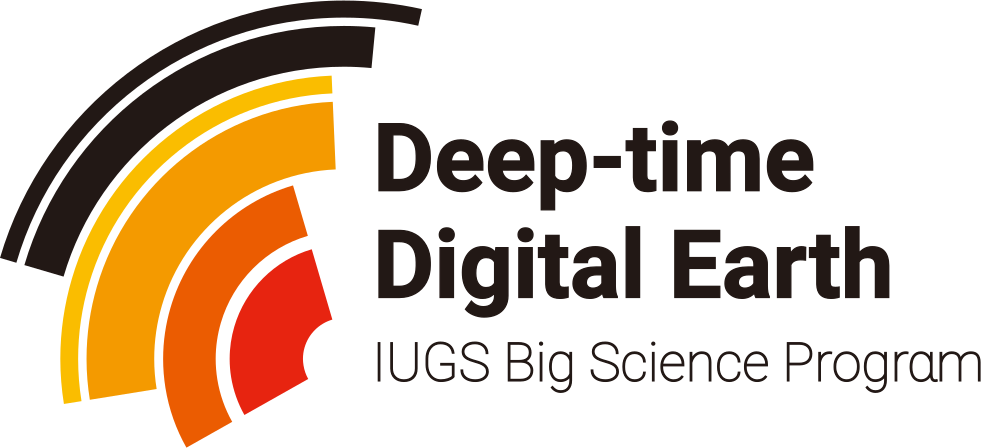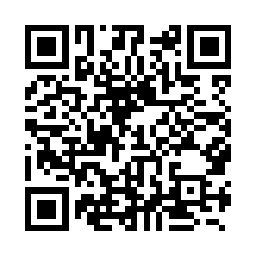
Cylinder-head-sector

Cylinder-head-sector (CHS) is an early method for giving addresses to each physical block of data on a hard disk drive. Cylinder-head-sector (CHS) is an early method for giving addresses to each physical block of data on a hard disk drive. It is a 3D-coordinate system made out of a vertical coordinate head, a horizontal (or radial) coordinate cylinder, and an angular coordinate sector. Head selects a circular surface: a platter in the disk (and one of its two sides). Cylinder is a cylindrical intersection through the stack of platters in a disk, centered around the disk's spindle. Combined together, cylinder and head intersect to a circular line, or more precisely: a circular strip of physical data blocks called track. Sector finally selects which data block in this track is to be addressed, and can be viewed as a sort of angular component. CHS addresses were exposed, instead of simple linear addresses (going from 0 to the total block count on disk - 1), because early hard drives didn't come with an embedded disk controller, that would hide the physical layout. A separate generic controller card was used, so that the operating system had to know the exact physical 'geometry' of the specific drive attached to the controller, to correctly address data blocks. As the geometry became more complicated (for example, with the introduction of zone bit recording) and drive sizes grew over time, the CHS addressing method became restrictive. Since the late 1980s, hard drives begun shipping with an embedded disk controller that had good knowledge of the physical geometry; they would however report a false geometry to the computer, e.g., a larger number of heads than actually present, to gain more addressable space. These logical CHS values would be translated by the controller, thus CHS addressing no longer corresponded to any physical attributes of the drive. Soon after, hard drive interfaces replaced the CHS scheme with logical block addressing, but many tools for manipulating the master boot record (MBR) partition table still aligned partitions to cylinder boundaries; thus, artifacts of the CHS addressing were still seen in partitioning programs in the 2010s. In early 2010s, the disk size limitations imposed by MBR became problematic and the GUID Partition Table (GPT) was designed as a replacement; modern computers without MBR no longer use any notions from CHS addressing. CHS addressing is the process of identifying individual sectors (aka. physical block of data) on a disk by their position in a track, where the track is determined by the head and cylinder numbers. The terms are explained bottom up, for disk addressing the sector is the smallest unit. Disk controllers can introduce address translations to map logical to physical positions, e.g., zone bit recording stores fewer sectors in shorter (inner) tracks, physical disk formats are not necessarily cylindrical, and sector numbers in a track can be skewed. Floppy disks and controllers use physical sector sizes of 128, 256, 512 and 1024 bytes (e.g., PC/AX), whereby formats with 512 bytes per physical sector became dominant in the 1980s. The most common physical sector size for harddisks today is 512 bytes, but there have been hard disks with 520 bytes per sector as well for non-IBM compatible machines. In 2005 some Seagate custom hard disks used sector sizes of 1024 bytes per sector. Advanced Format hard disks use 4096 bytes per physical sector (4Kn) since 2010, but will also be able to emulate 512 byte sectors (512e) for a transitional period.


